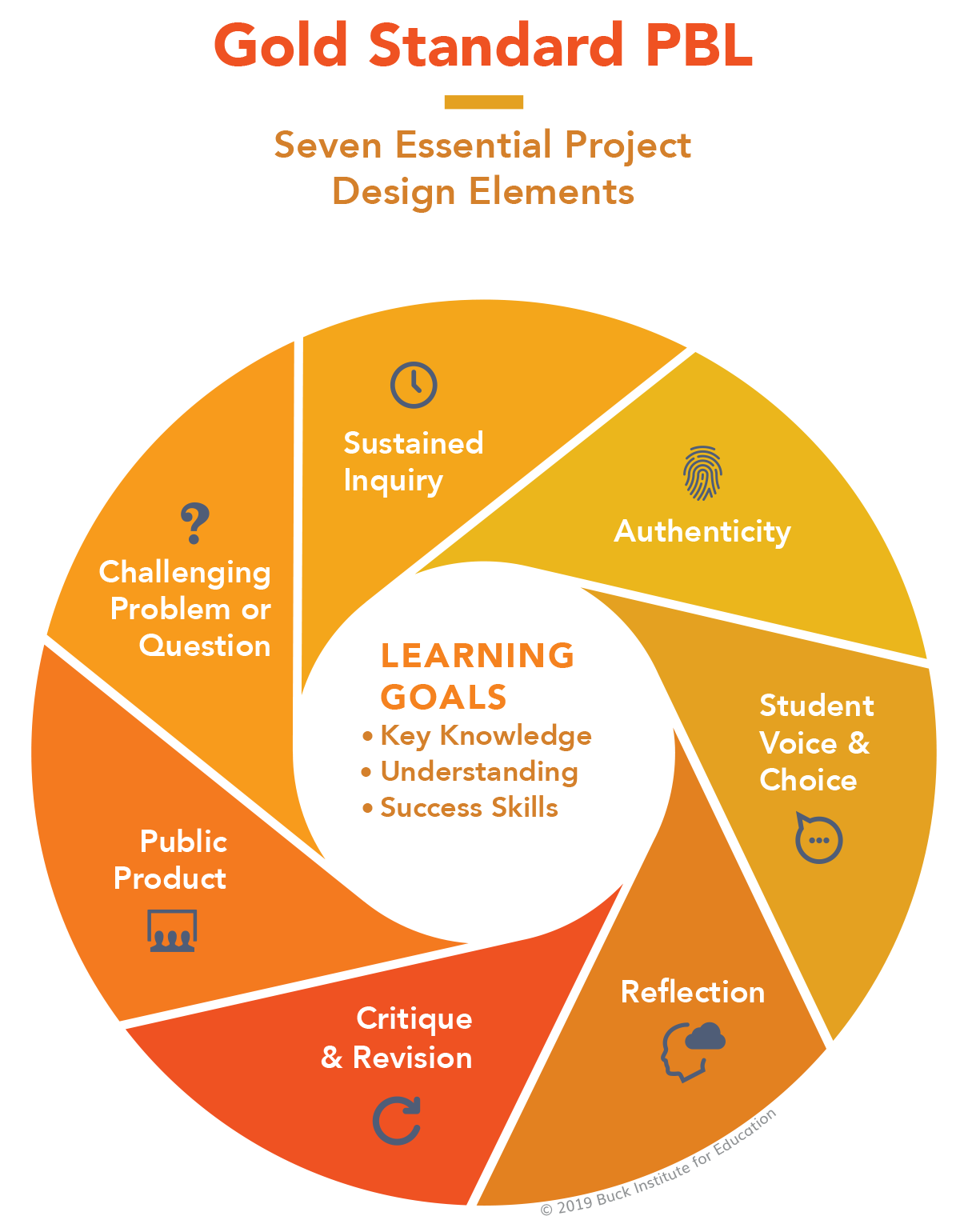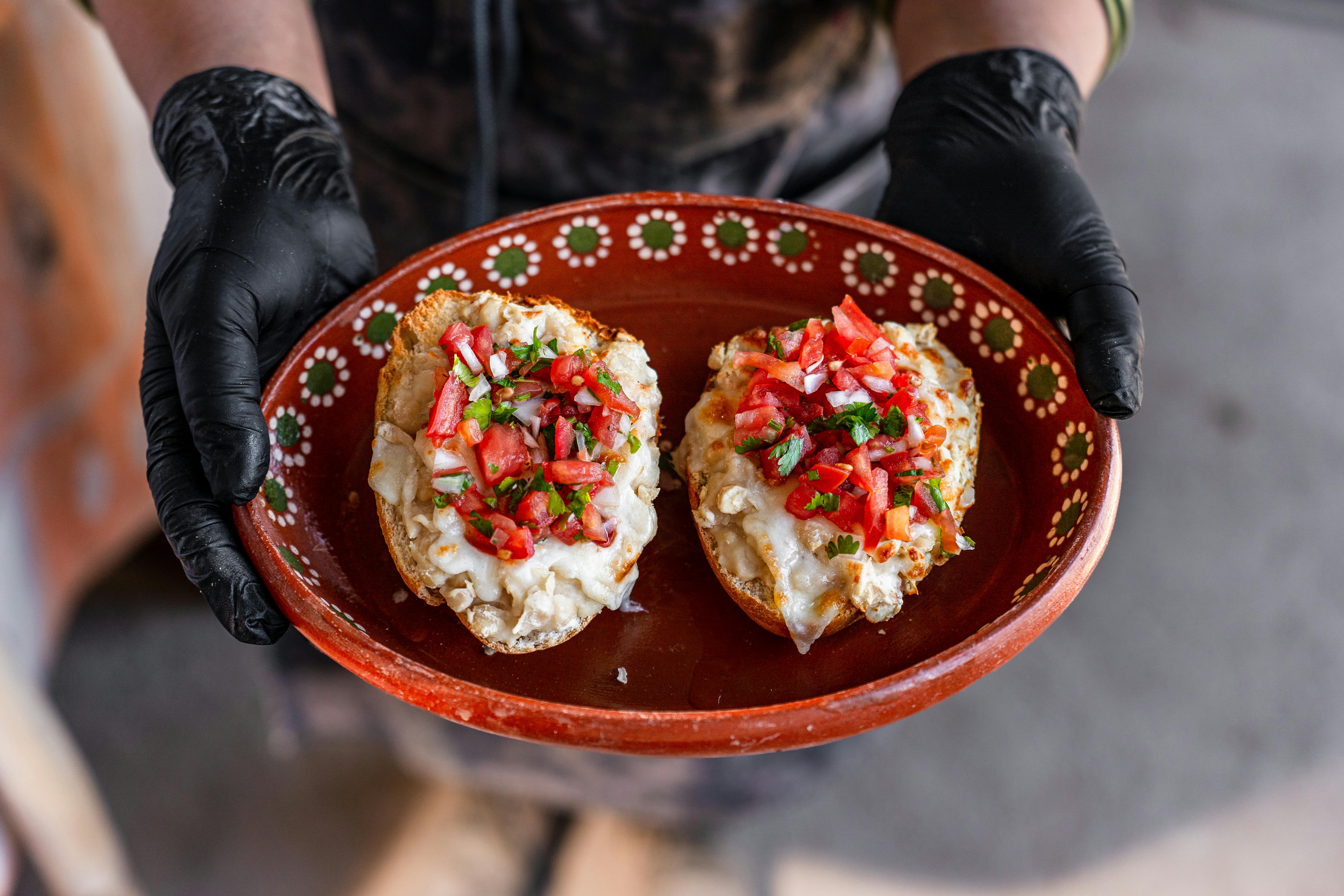 |
Culinary Concepts is a Project-Based Learning (PBL) plan. PBL is a teaching method in which students gain knowledge and skills by working for an extended period of time to investigate and respond to an authentic, engaging, and complex question, problem, or challenge.1 |

Essential Elements of PBL
A quality PBL experience requires seven essential elements.
- Challenging Problem or Question: The project is framed by a meaningful problem to be solved or a question to answer, at the appropriate level of challenge.
- Sustained Inquiry: Students engage in a rigorous, extended process of posing questions, finding resources, and applying information.
- Authenticity: The project involves real-world context, tasks and tools, quality standards, or impact, or the project speaks to personal concerns, interests, and issues in the students' lives.
- Voice and Choice: Students make some decisions about the project, including how they work and what they create.
- Reflection: Students and teachers reflect on the learning, the effectiveness of their inquiry and project activities, the quality of student work, and obstacles that arise and strategies for overcoming them.
- Critique and Revision: Students give, receive, and apply feedback to improve their process and products.
- Public Product: Students make their project work public by explaining, displaying, and/or presenting it to audiences beyond the classroom.2
Buying Local
The United States Department of Agriculture (USDA) defines local food as the direct or intermediated marketing of food to consumers that is produced and distributed in a limited geographic area.3 Local food is commonly considered to be food grown within 100 miles of its point of sale or consumption. A locavore is a person whose diet consists only or principally of locally grown or produced food. Buying food from local farms and businesses is good for communities, the economy, and the environment. Purchasing locally grown food lowers the consumer's carbon footprint, ensures freshness, and benefits the local economy.
Most food in the United States is shipped an average of 1,500 miles before being sold.4 While comparative advantage needs to be considered, these distances substantially increase when considering food imported from other countries. Reducing food miles lessens the environmental impact of food by cutting back on air pollution and fossil fuel consumption.
Typically, produce in the US is picked 4-7 days before being placed on supermarket shelves. Locally sold produce can be harvested at its peak ripeness and reaches the consumer faster and at a fresher stage. In addition, because local produce is fresh, there is less waste. When produce is shipped long distances, the amount of food lost to spoilage increases.
When consumers buy local, more of their money stays in their community. The choice to buy local food affects not only the farmer that grows the food, but also the trucking company that ships the products, the store that sells the product, and the state and city governments that operate on taxes from the businesses that are supported by the manufacturing of the products. Every dollar spent to purchase locally produced products adds four times more to the local economy than a dollar spent at a national chain retailer.5
Local foods can be found at farmers' markets, restaurants, community supported agricultural programs (CSAs), food co-ops, food hubs, food stores, and online. Due to consumer demand, more and more grocery stores and restaurants are highlighting locally grown food. Below is a list of state programs that promote local foods:
In this project-based learning activity, students will develop a unique retail food product that includes ingredients (51%) that have been sourced locally to create a new company. Student teams will need to design a product that could be created with locally-grown products. The resulting food product could be sold in retail outlets and/or be served in school cafeterias. Students will work through the problem to select a product they think will be successful (based on the demand, sales, profit) and will need to work with the following ingredients: wheat/flour, honey, eggs, milk, butter, cheese, and seasonings (this list can be customized to the school's specific location). Several possible recipes with the ingredients noted above can be found on this Pinterest Board.
 |
This PBL plan introduces students to the following career opportunities: food scientist and technologist, dietitian and nutritionist, baker, food batchmaker, accountant, marketing specialist, graphic designer, general and operations manager, retail salesperson, customer service representative, advertising and promotions manager, advertising sales agent, secretary and administration assistant, computer programmer, computer network support specialist. Explore the career profiles to discover job outlooks, education requirements, and average salaries.
|

